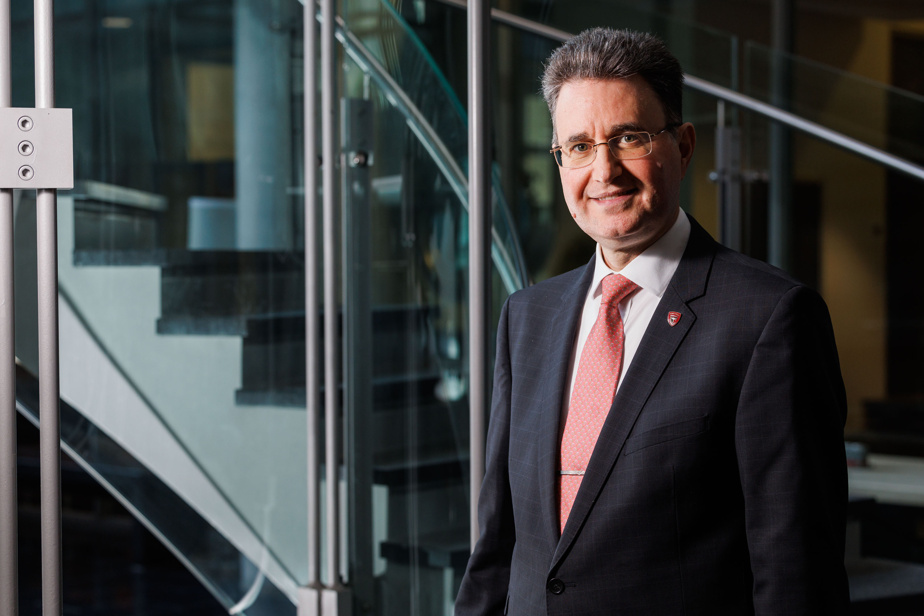For some programs, virtually any student who succeeds in CEGEP knows they will be accepted to university. But for others, the struggle is fierce to have their place. Why are some programs so restricted? Who decides on these limits to be respected and how are these decisions made?
Posted yesterday at 11:00 a.m.
If there is an example of a university program with large quotas, it is that of medicine. And the decision regarding the number of people admitted is made by the Government of Quebec, which also pays for most of the expensive training of these students and which will also be their employer.
“The government currently has a target to increase the number of doctors trained, so each of the four faculties of medicine in Quebec must increase the number of students admitted each year,” explains Pascale Lefrançois, vice-rector for student affairs and studies at the University of Montreal (UdeM). Thus, if 332 students started the medicine program at UdeM this fall, there should be 362 in 2025.
The government also decides on certain targets to be reached for other programs, such as nursing and education, without however imposing a specific number of people to be accepted per university.
needs and limitations
Other programs are subject to quotas by the universities themselves. “For example, we accept 96 people a year into our veterinary medicine program at our Saint-Hyacinthe campus, but since the needs are particularly great in the regions, we have just signed an agreement with the Université du Québec à Rimouski to train 25 more, says Pascale Lefrançois. To relocate this program, we had to obtain the approval of the Minister of Higher Education. »
If the needs of the labor market influence universities in the creation of new cohorts, the availability of material and human resources is another factor considered.
This is true for the veterinary medicine program, but also for the aerospace engineering program at Concordia University. Only about a hundred people are admitted each year and they must have access to state-of-the-art laboratories and equipment.

PHOTO HUGO-SÉBASTIEN AUBERT, THE PRESS
Mourad Debbabi, Dean of the Gina-Cody School of Computer Engineering at Concordia University
“Furthermore, the program is multidisciplinary and based largely on the principles of experiential and action learning, so we want to keep class sizes manageable in order to maximize group work and interactions between professors and students,” says Mourad Debbabi, Dean of the Gina-Cody School of Computer Engineering at Concordia University.
More inclusive admissions
Traditionally, to admit students to quota programs, universities look at academic results. But this way of doing things has its limits and some universities are implementing new strategies to aim more accurately.
When we have a quota program, we want selected students to complete the program. We don’t want, for example, to lose 40 after the first year.
Pascale Lefrançois, vice-rector for student affairs and studies at the University of Montreal
In some programs, this is a problem. “For example, many students who go into nutrition are those who have not been accepted into medicine, she illustrates. But, for several reasons, including the atmosphere of the courses, we want people who are really interested in this field of study and who will stay there until the end. »
It is for this reason that for the 2023 admission period that has begun, UdeM has set up a pilot project that integrates inclusive admission criteria for the nutrition and optometry program. “We will continue to look at the grades, but we will also do tests to look at different transversal skills, such as communication, teamwork, empathy, and we will do an interview to see if the motivation is real, explains Pascale Lefrançois . We want to have the right students in the right programs. »
UdeM also has reserved places and scholarships to encourage members of black and indigenous communities to apply for programs where they are less likely to go spontaneously, such as medicine and law. “We want to have a diversity of students in our programs in order to have a good representation of the Quebec population,” adds Pascale Lefrançois.

